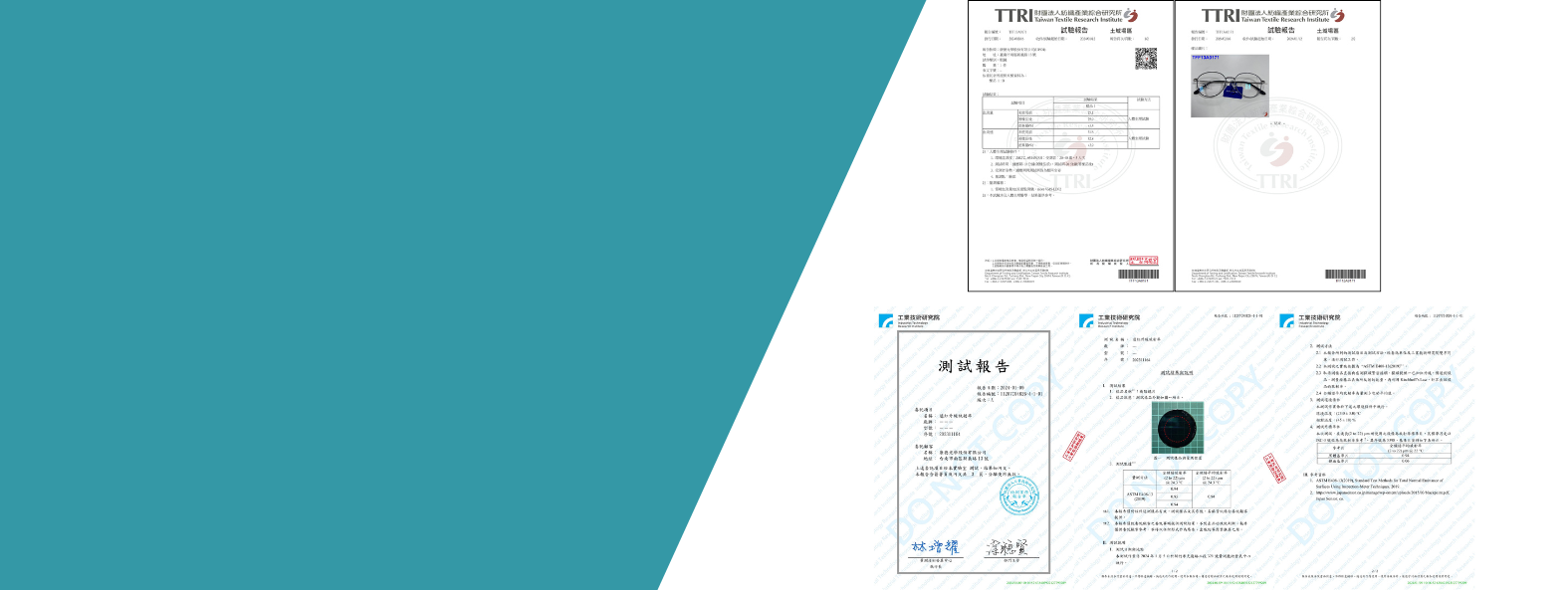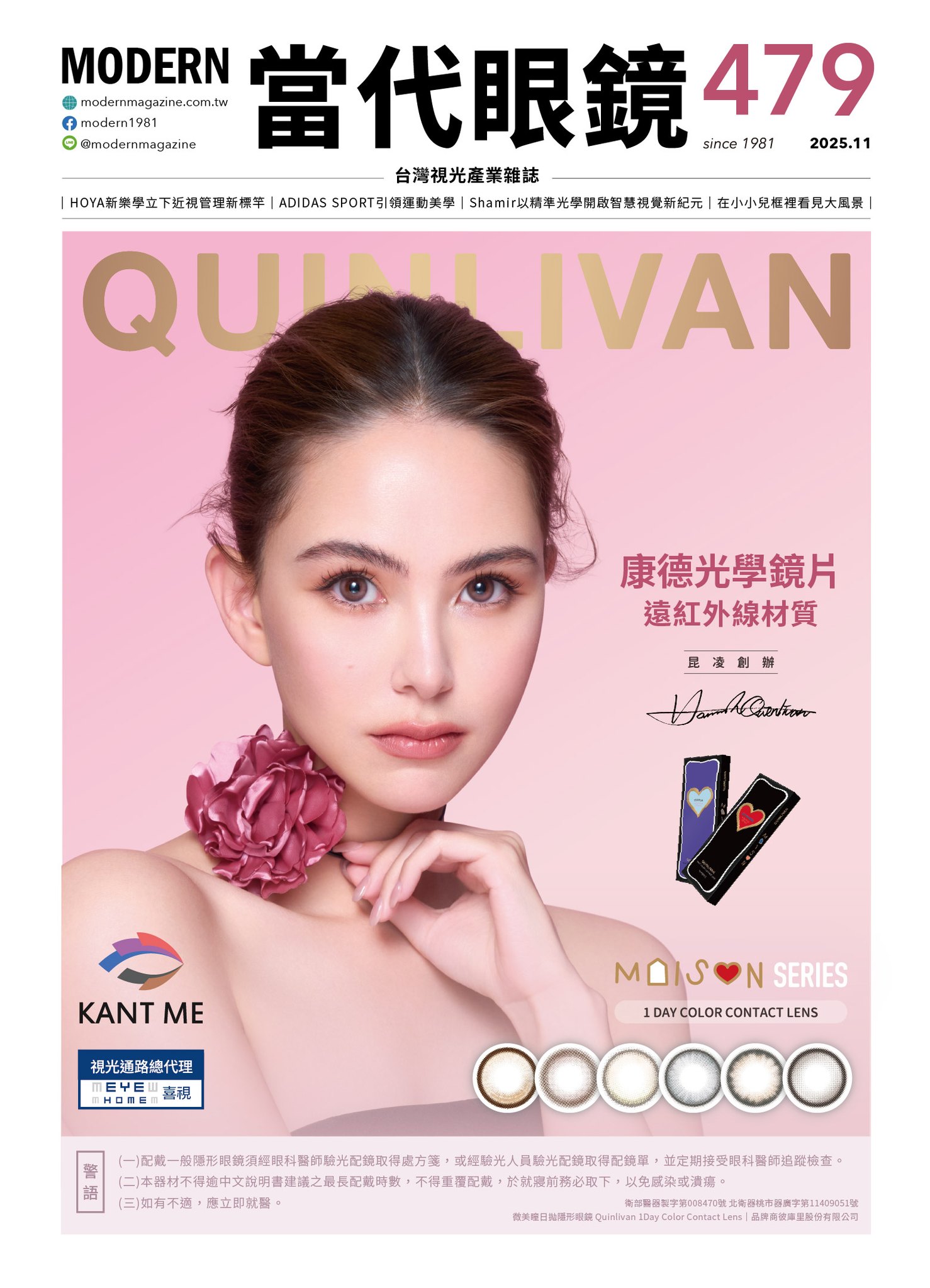
The application principle of far infrared rays is to act on the human body or objects in the form of radiation and resonance effect, and the propagation speed is as fast as light. It is different from other ways of transferring heat energy such as conduction and convection. According to research, wavelengths between 4 and 14 microns (μm) are most effectively absorbed by organisms, so they are also called "growth rays" or "fertility rays." Coincidentally, the wavelength of far infrared rays falls within this range, so they can be widely used on the human body.
In addition, the energy of far infrared rays is mild. It can penetrate the skin and enter the micro-vessels under the skin without harming human cells. It is "non-invasive" in application, so there are fewer safety concerns. Why is far infrared so popular in Japan, Europe, America, Taiwan and all over the world? This is because various substances will produce resonance absorption after being irradiated by far-infrared rays. According to a special report from the Republic of China Textile Industry Development Association, a study by NASA found that 70% of the human body is made up of water molecules, and the vibration frequency of 4 to 14 micron far-infrared light waves is consistent with the movement frequency of the molecules and atoms that make up the skin cells, which can form a resonance effect, activate the water molecule groups in the subcutaneous tissue, and then activate the tissue cells.
From this we can see that even though the energy of far infrared rays is very low, it can penetrate deep into human tissues and resonate with the human body, thereby activating cells and promoting blood circulation. Therefore, we put far infrared rays on lenses and contact lenses to make them resonate with our bodies (non-thermal effect conduction) and achieve the function of comfort and health care.





